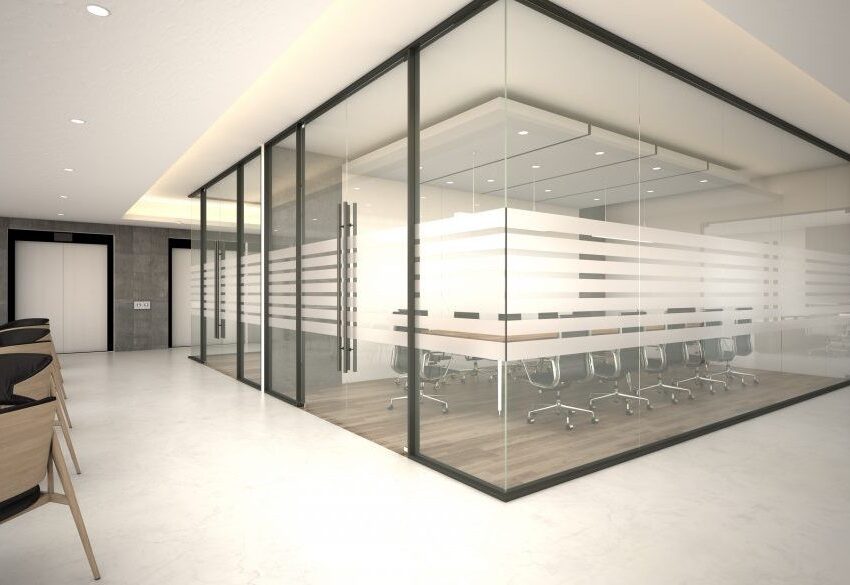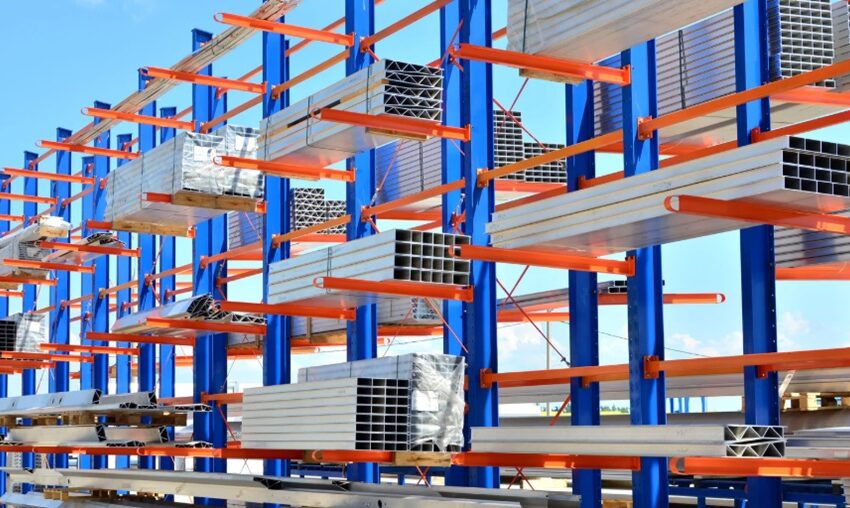Dust in construction companies poses major health risks to workers and the neighboring community. Also, regular exposure to industrial dust causes life-threatening diseases, including Asthma, Chronic obstructive pulmonary disease (COPD), Lung cancer, and Silicosis among others. For this reason, you need tailored dust control techniques that best suit your company. That way, you’ll only invest in effective solutions without incurring unnecessary costs.
To help you achieve that, we’ll walk you through factors to consider when creating a dust suppression strategy. In return, you’ll use solid dust suppression techniques like those from BossTek.
What Type of Dust Is Affecting Your Business?
The type of dust you’re dealing with determines the suppression techniques that’ll be effective in your business. Here are the common types of industrial dust:
Silica dust
It’s the most dangerous dust type since it exists as extremely fine particles ranging from 0.01 to 100 micrometers (μm) in diameter. Because of their tiny size, silica dust particles linger in the atmosphere and cause lung inflammation when inhaled. That said, silica exists in concrete, brick, mortar, and sand. To control silica dust in your facility, use misting cannons. These dust control systems use atomized mist technology to fight the smallest dust particles effectively. This technology also uses water sparingly to reduce costs in your business.
Wood dust
Your construction company generates this type of dust if you use wood-based products like softwood as raw materials. Similar to silica, wood dust poses health risks when airborne. Inhaling these particles can cause allergic respiratory and mucosal symptoms. To fight wood dust in your company, equip your employees with personal protective equipment to avoid breathing in the particles. Alternatively, install dust collectors to prevent the particles from becoming airborne.
Is the dust source indoor or outdoor?
The site of the dust source defines what techniques will work. For example, demolition activities in construction sites need solid dust control techniques like misting cannons. These systems combine powerful nozzles, fans, and pumps to fling tiny water droplets into a giant cloud of dust and effectively drop the particles to the ground. On the other hand, an indoor dust source requires suppression solutions like ventilation systems that trap dust particles and maintain clean air inside a facility. Alternatively, you can control indoor dust using partitions that enclose the source and prevent the particles from becoming airborne. You can also use partitions to protect a specific area in a facility from the effects of dust.
Is the dust issue a temporary or a continuous problem in your facility?
Dust issues in a company can be temporary or permanent. For example, a one-time massive demolition project is temporary for a construction site. On the other hand, regular vehicle pick-ups and deliveries in a warehouse with an unpaved driveway inside the facility can be a continuous dust problem. If your dust problem is short-term, consider renting dust control systems instead of buying them. However, purchase reliable dust suppression tools if the issue is continuous in your business.
Every business has its unique dust control challenges. Therefore, define your dust suppression needs to know what techniques work best for your company.







